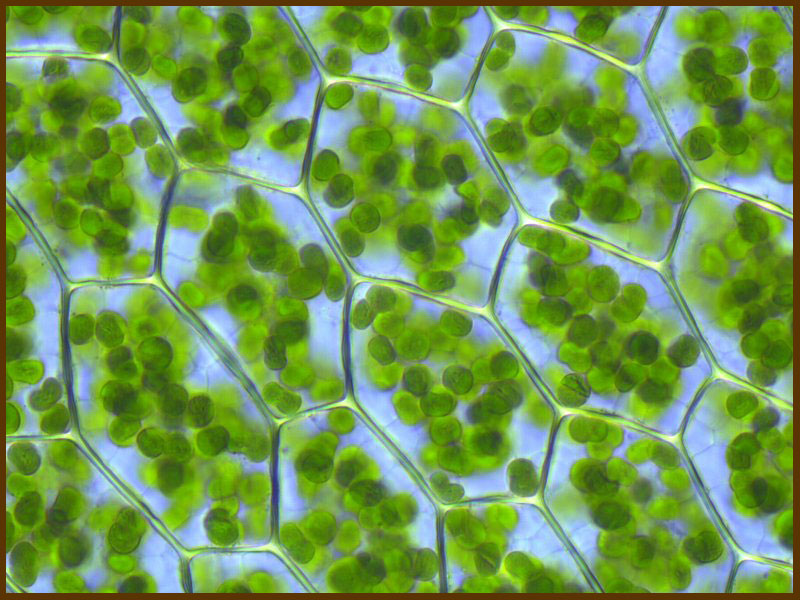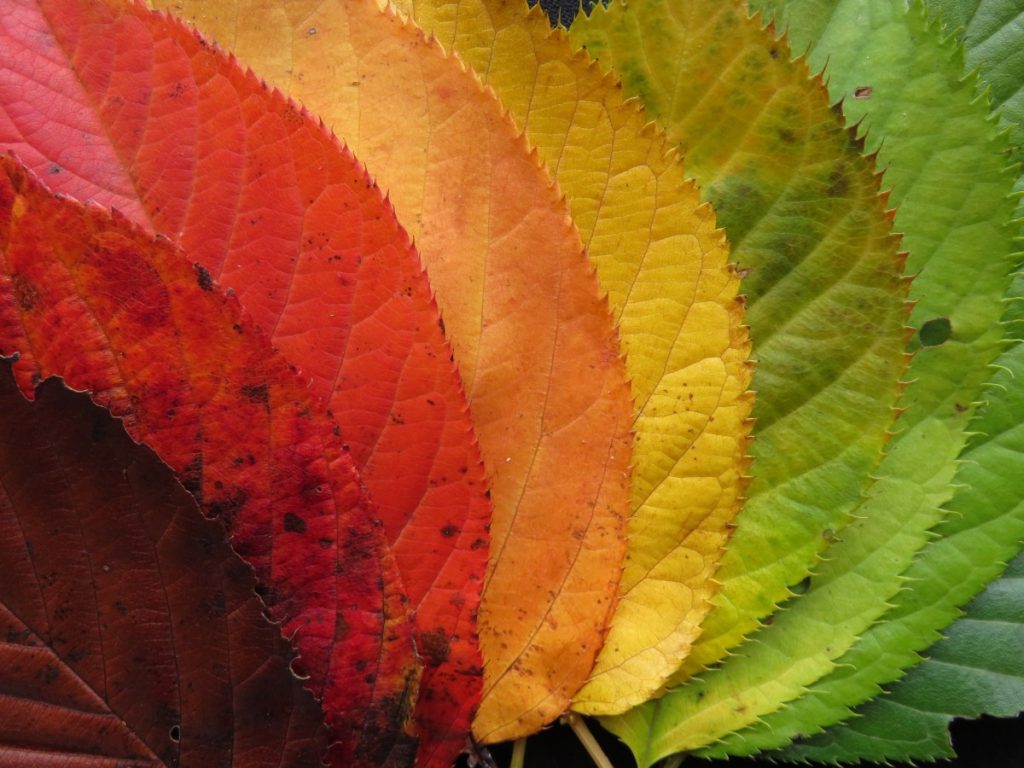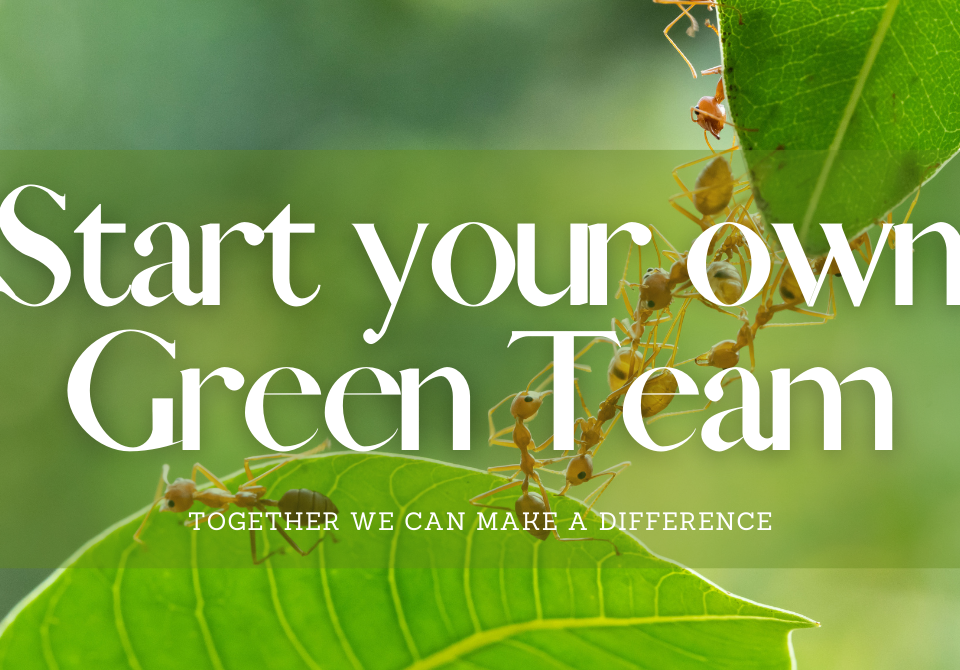Tree Transformations: How Leaves Get Their Fall Color

Willow Oak in Marvin a national champ!
10.29.20
Storms, trees and the City’s role
11.12.20This is my favorite time of year in Charlotte—in between Halloween and Thanksgiving when autumn color sweeps over the canopy. You may remember learning about the changing leaves in grade school, but it’s been a long time since then for most of us, so here’s a little refresher about how leaves turn from green to breathtaking yellows, oranges, and reds in the fall.
First, in order to understand why leaves transform in the fall, we need to understand why leaves are green for the majority of the year in the first place.

The function of leaves is to provide energy to the rest of the tree through photosynthesis, which is the conversion of sunlight into glucose. This occurs throughout the spring, summer, and early fall, when lots of sunlight is readily available. Inside leaf cells are groups of green pigments called Chlorophyll, which is responsible for starting the photosynthetic process. Why are they green, you may ask? Well, when sunlight, which is made up of all colors, hits the chlorophyll, it absorbs light on the ends of the color spectrum, which is blue and red light. In turn, chlorophyll reflects light in the middle of the spectrum, which results in the reflection of green light. And… violà! This gives leaves their green color.
As summer turns into fall, temperatures get cooler and there is less daily sunlight. This is when it’s time for deciduous trees to start preparing for their winter slumber. During this time, they don’t need to make new food through photosynthesis, meaning that chlorophyll is now essentially useless. So, in the fall, chlorophyll starts to slowly break down, revealing the pigments under its green cover-up, and exposing an array of new colors.

Most of the pigments that create vibrant fall colors are already present in the leaves, but can now shine through due to the absence of chlorophyll. These pigments include Xanthophyll, which produces yellow, and Carotenoids, which produce orange. The pigment responsible for red and burgundy leaves is Anthocyanins. Unlike Xanthophyll and Carotenoids, Anthocyanins are not always present in the leaf. Instead, they are made as chlorophyll breaks down and sugar accumulates in the leaf before it falls off the tree. This is typically why red is one of the last colors to appear before the tree loses its leaves for the winter.
Growing up in southern California, I didn’t get to experience such gorgeous seasonal transformations until later in life. Now, every autumn, I always try to take the long way home down side roads with sweeping canopy to enjoy the fall color while I can. I encourage everyone to take a minute and appreciate the intricate science that goes into these magnificent transformations.


